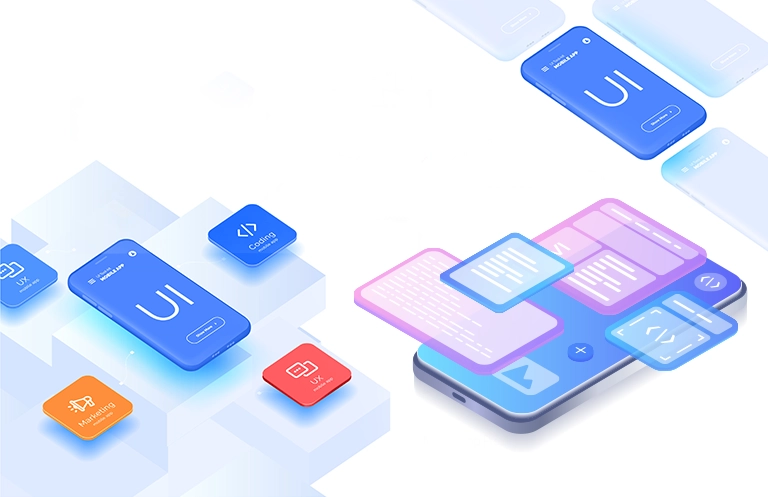A true technology enthusiast is always keen to embrace bold new ideas and is hardly if ever discouraged by poor results. In comparison, most business users who are accustomed to the status quo of legacy technologies, hesitate to embrace latest technologies in their organization due to the steep learning curve required. This is because these users are not always sure whether the additional time spent will hamper their productivity in the short term and the overall business process in the longer run.
One way to understand the adoption dilemma is to plot a learning curve that helps track effort over a period of time. Learning a new technology can be quite a hassle unless one is prepared to acquire a “feel” of the technology. The best stage to aspire for in the learning curve is known as the “hump” which represents the threshold of adoption, by which users feel sufficiently accomplished and continue to embrace the new technology. This is followed by the “crest” where the adoption process is simply too long and hard prompting the users to give up. They will be disillusioned about the entire process and the benefits associated with technology adoption will go unrealized.
In this context, Tableau drive, a framework of support, dramatically improves adoption rate of the learning curve. The primary reason people use Tableau is ease of use since it provides quick iteration speeds and is quite powerful. The traditional analysis process is quite tedious and cumbersome which means business users don’t get a chance to interact with data on a real-time basis. But what if the user can converse with data in real time? What if the data is no longer segregated among different users and is processed concurrently?

Tableau drive is 4 phase framework to enable this throughout the organizations. It’s a practical roadmap for scaling up the analytical culture within the business organization. Following are the different phases of Tableau Drive:-
Phase 1 – Data Discovery
In this first phase, questions are asked to assess whether the organization wants to truly invest in empowering business users, or will the benefits of self-service outweigh the cost of enablement.
Phase 2 – Prototyping
In this phase, IT and business departments collaborate together to fill up the gaps. They figure out how data needs to be staged, which people need to be involved, what are the activities that will excite and encourage the users for adoption and how reports will help in decision-making. A plethora of useful reports along with a clear project plan will have to be devised for the next stage.
Phase 3 – Foundation Building
In this phase, technical and organizational activities are coordinated and executed. The IT department can start assigning servers and build the IT support infrastructure required for the implementation of Tableau drive. The business departments will engage business users with on boarding processes, training, help desk and continual set of activities. Databases are created, speakers are scheduled and competitions are planned.
Phase 4 – Scale out
It is the last stage where new users sign up and make analytics an integral part of their day to day work lives. They feel confident about asking questions because requirements are crystal-clear with the help of systematic reports and the Tableau drive is providing excellent and powerful support.
As corporates roll out the drive, they will
- Witness the reach and cultural impact of the Tableau drive quickly
- The resulting information will connect and align people for making tougher, business-aligned decisions faster.
- Find themselves more independent and in control of their routine tasks.
- Start feeling a sense of accomplishment from building skills in critical thinking and data analysis.













